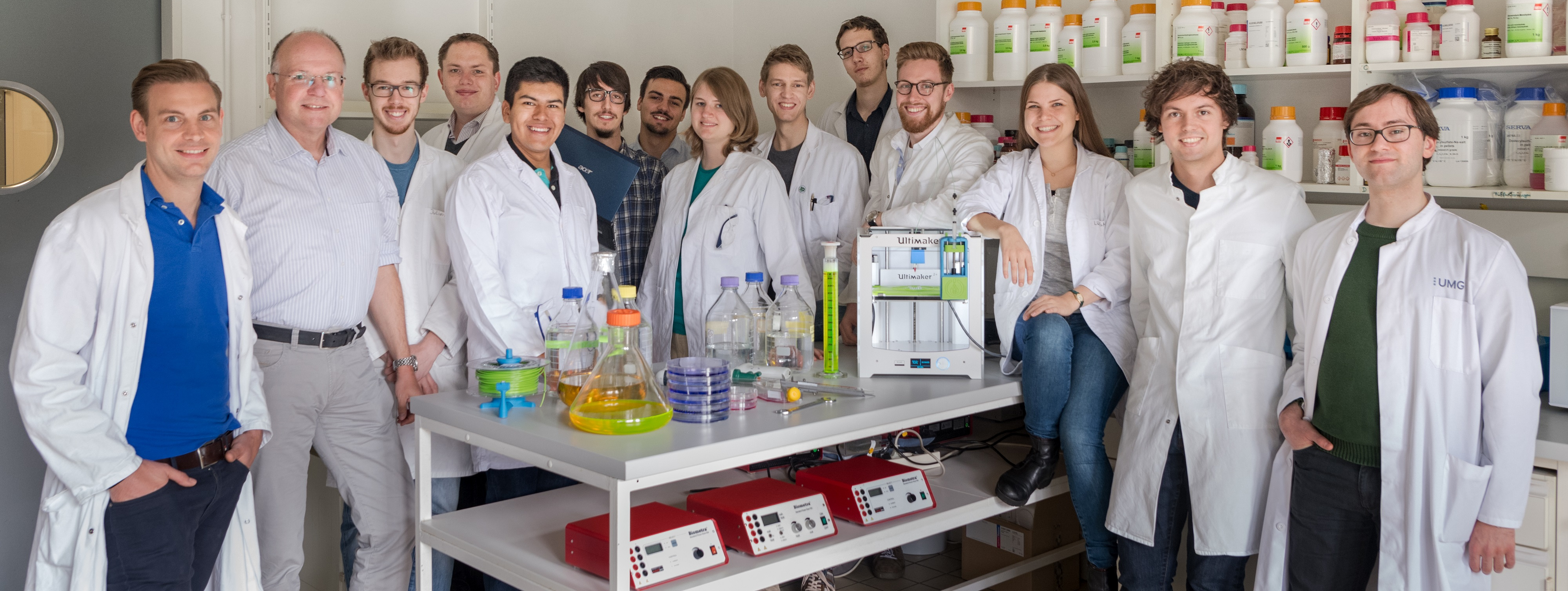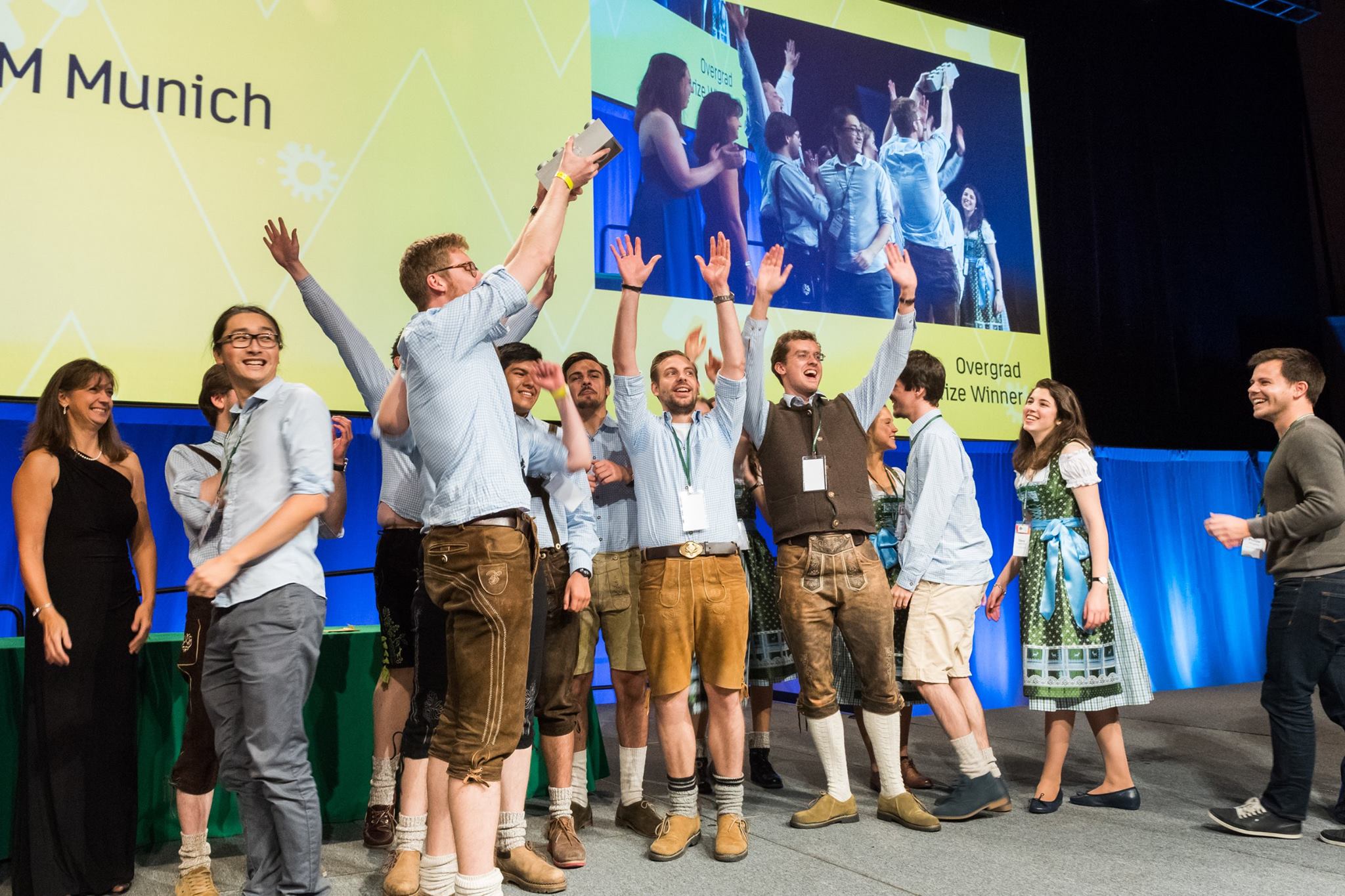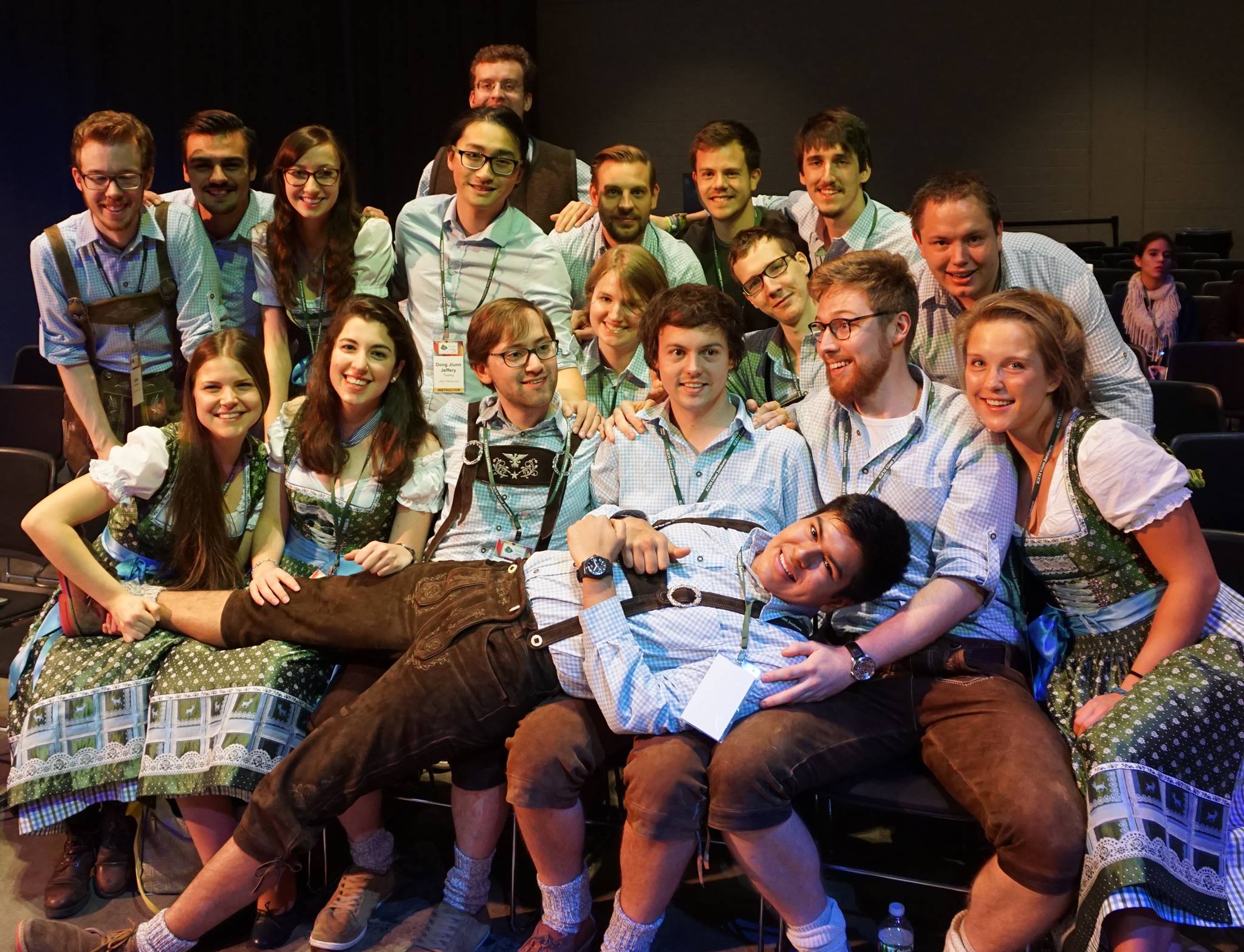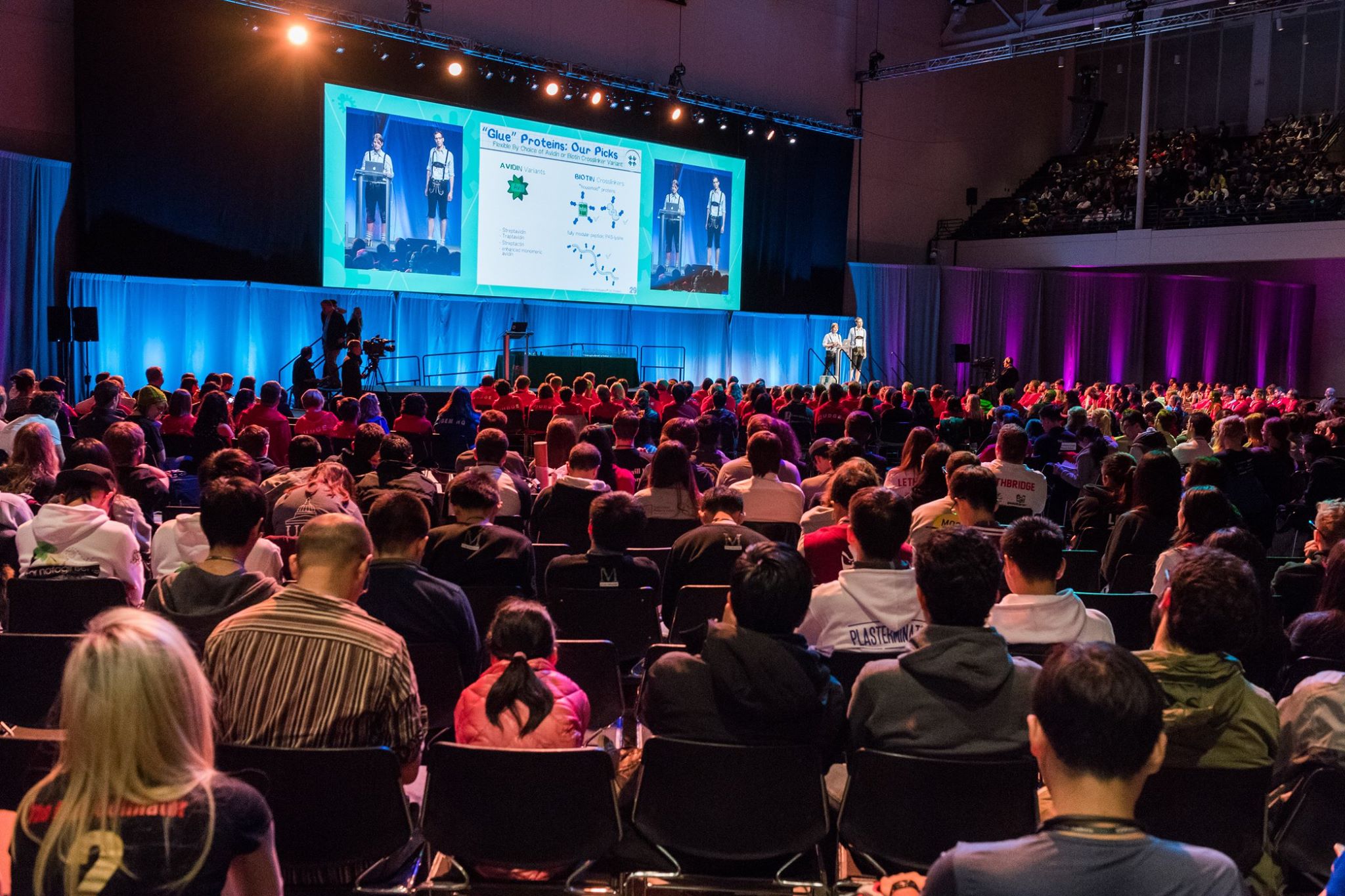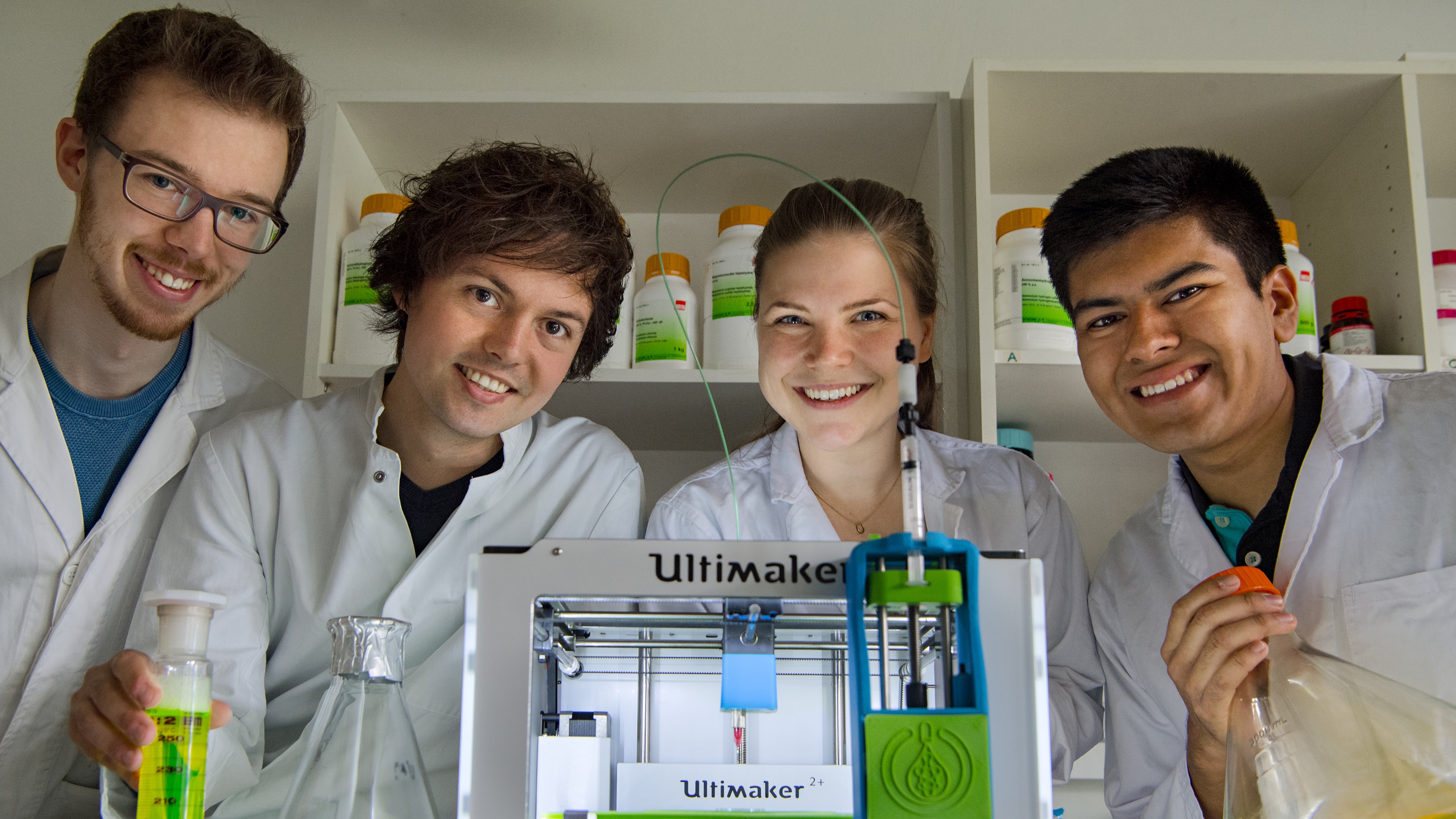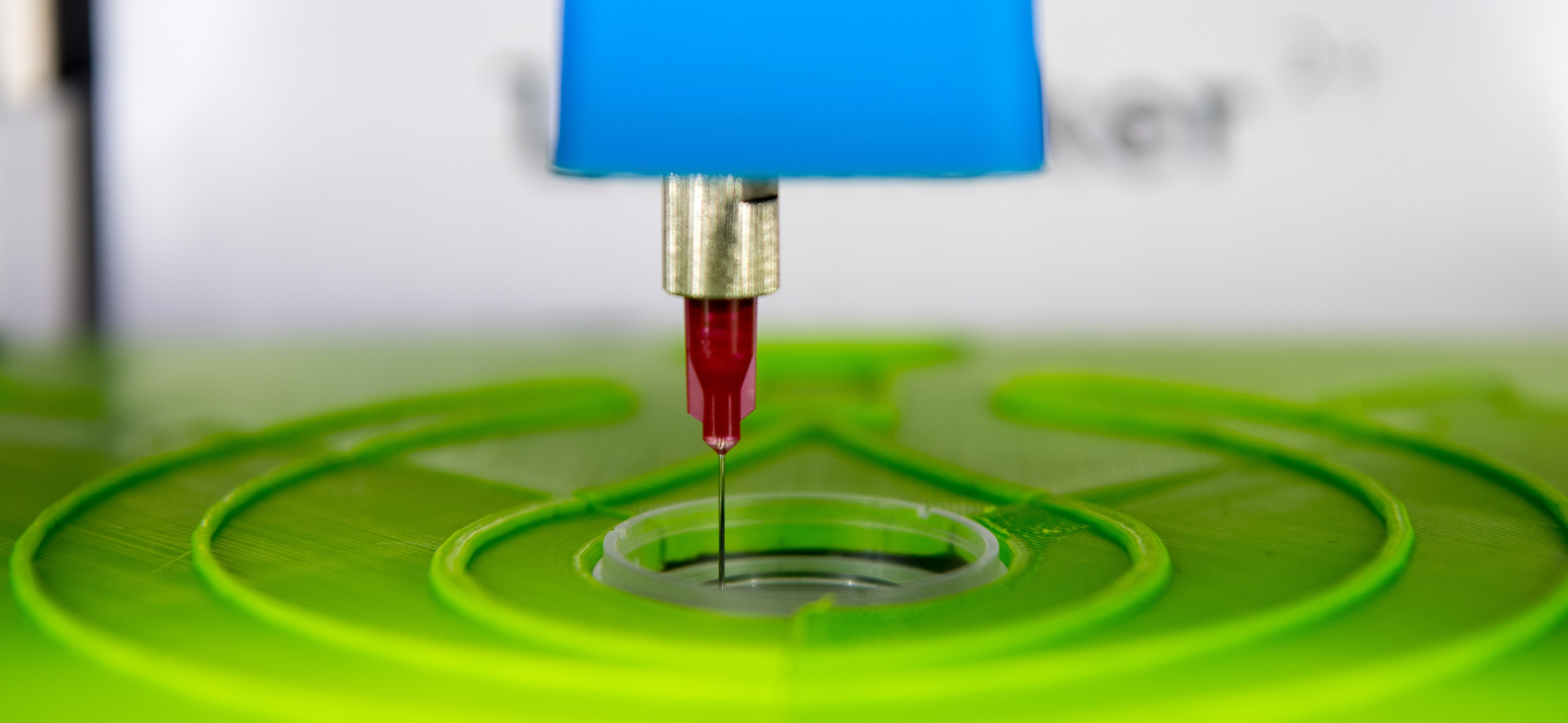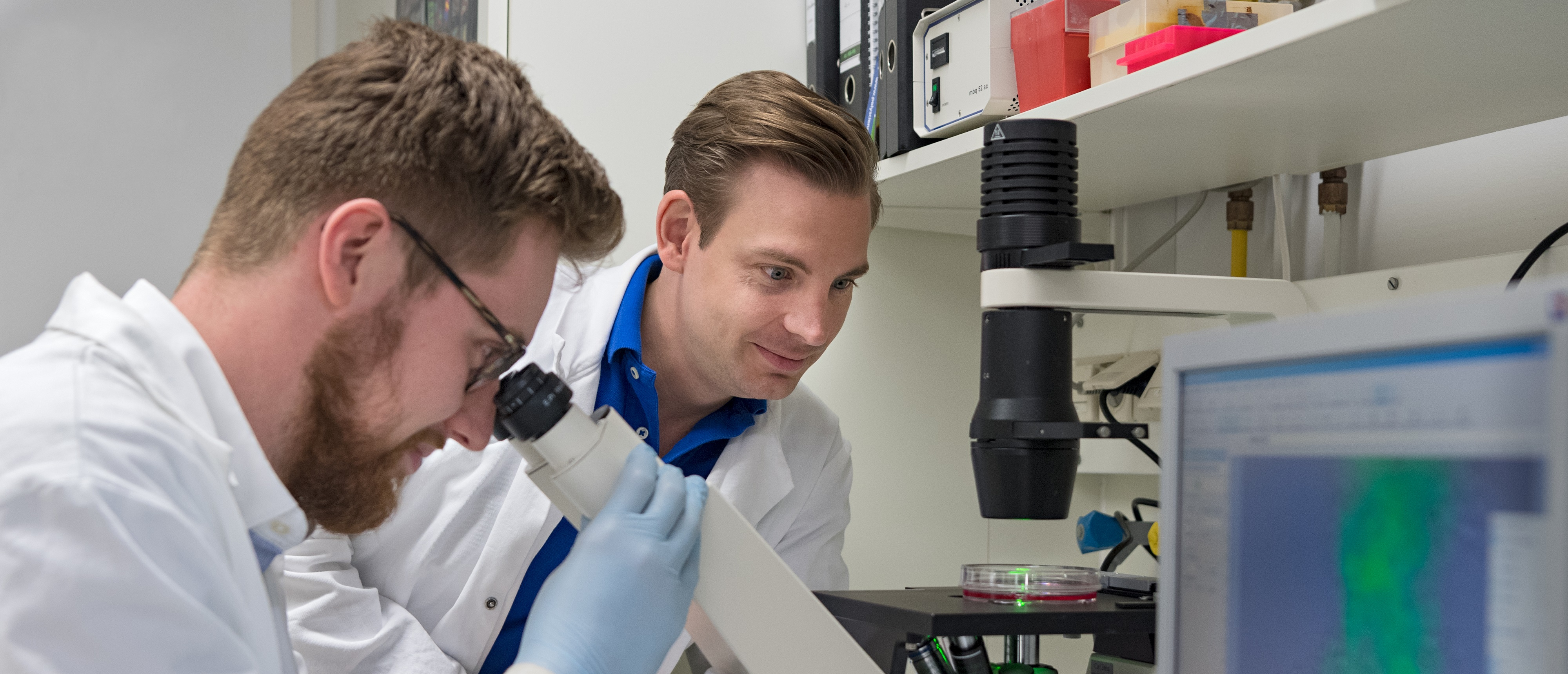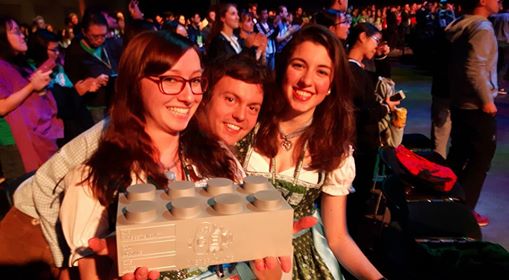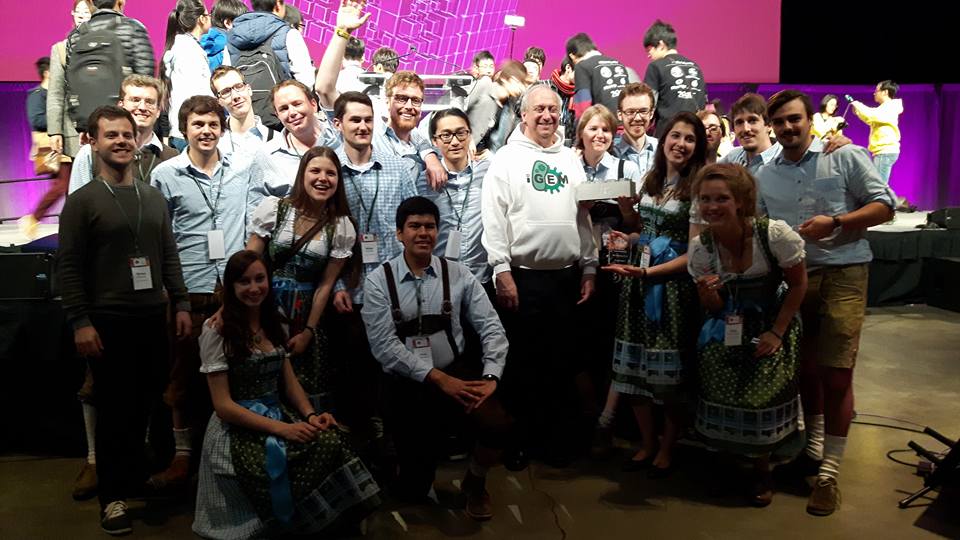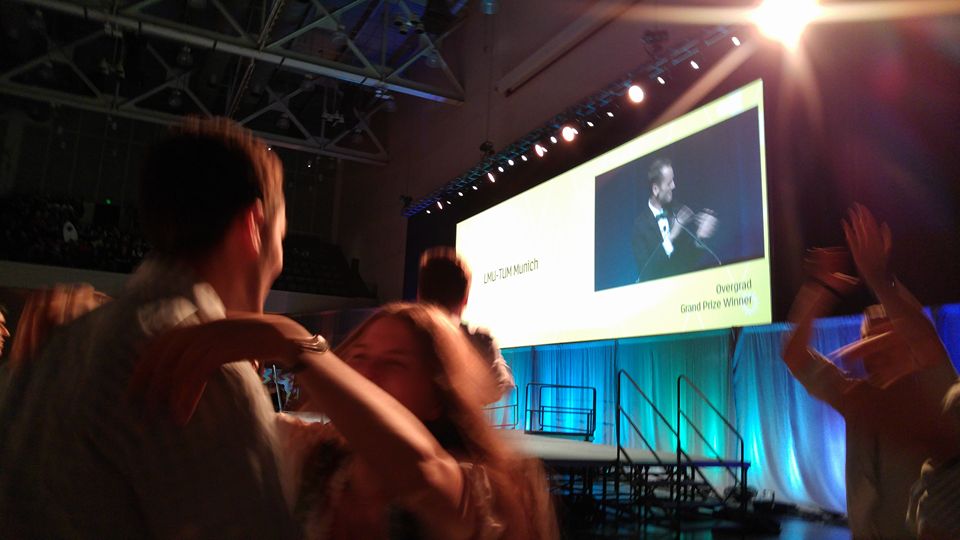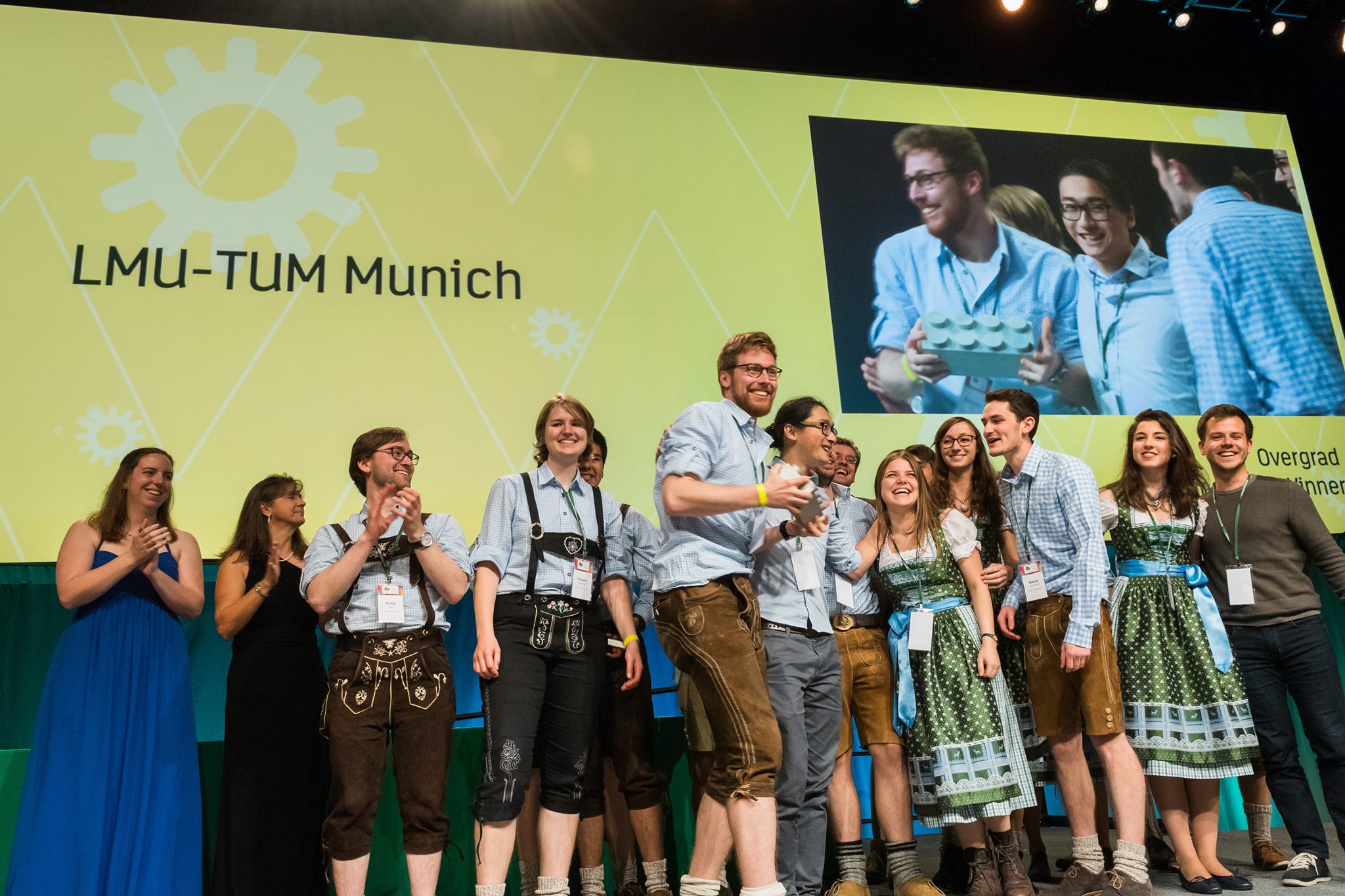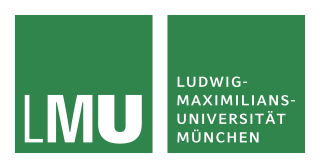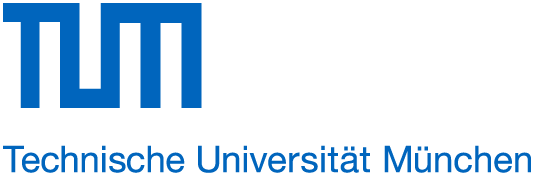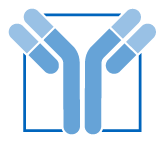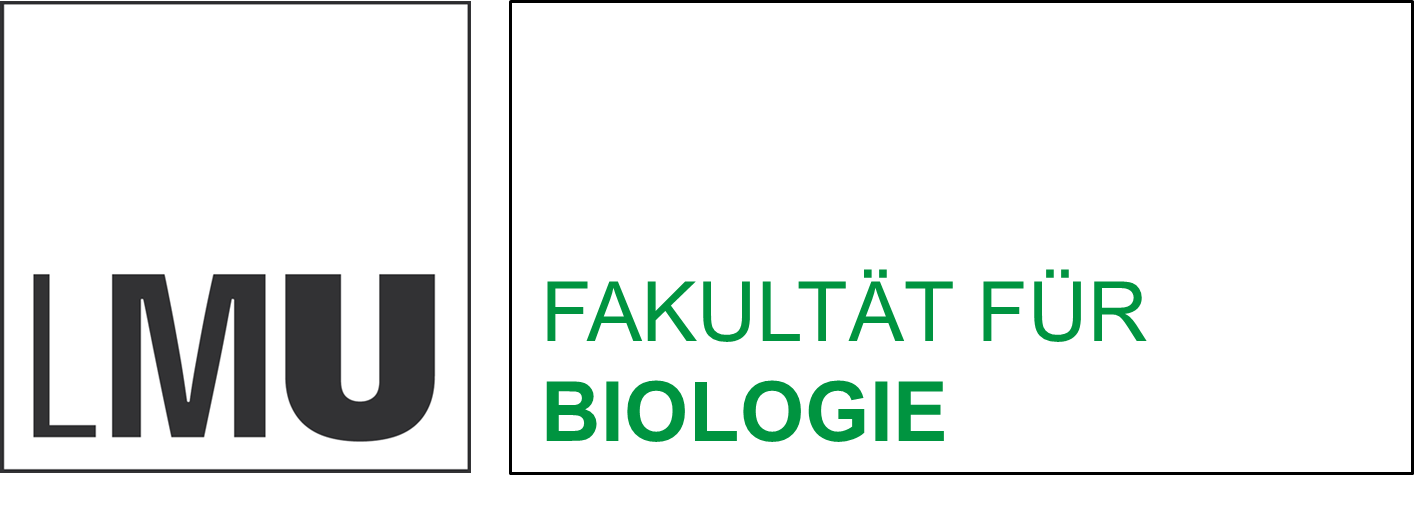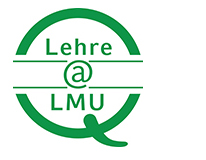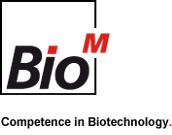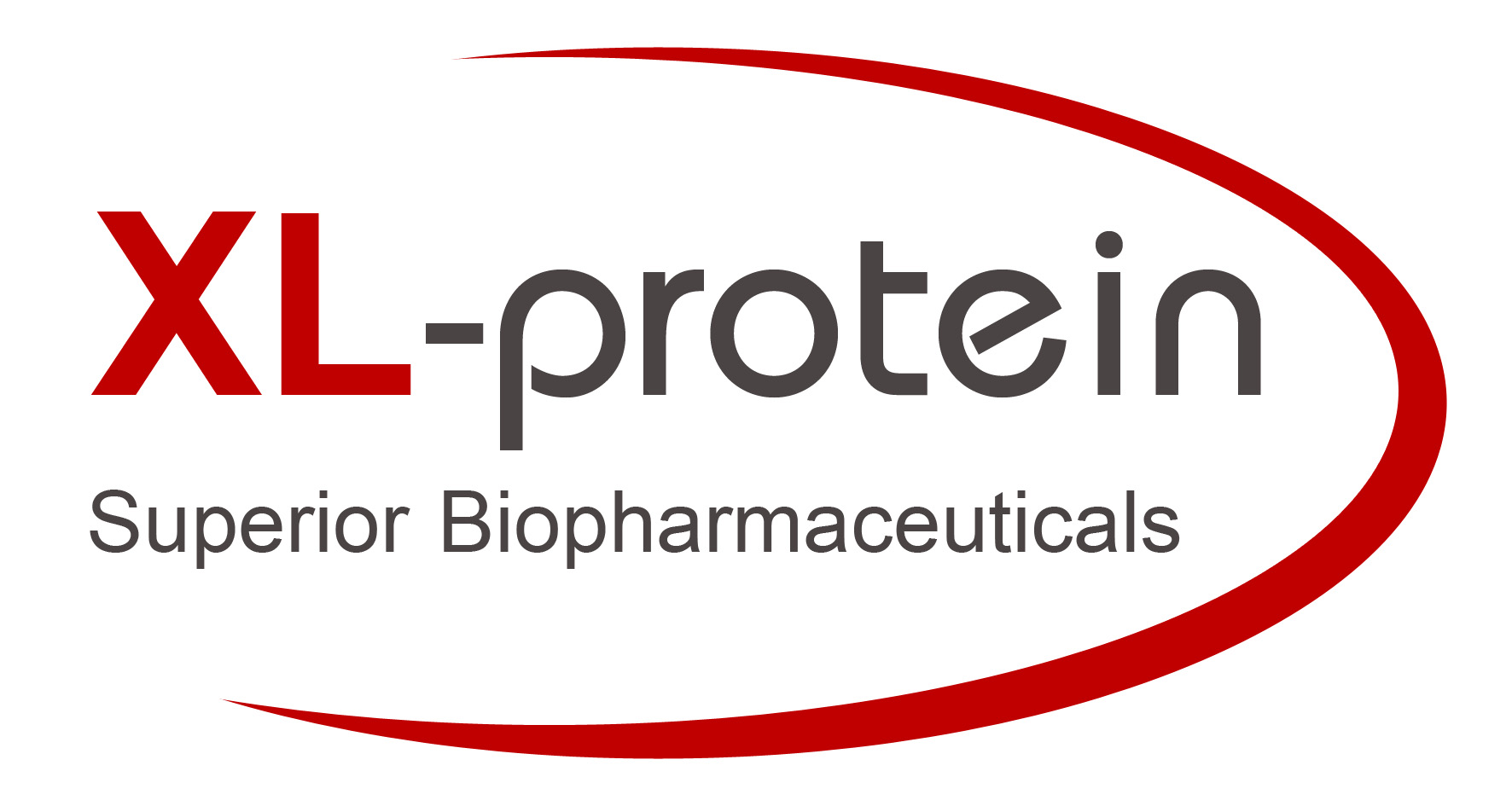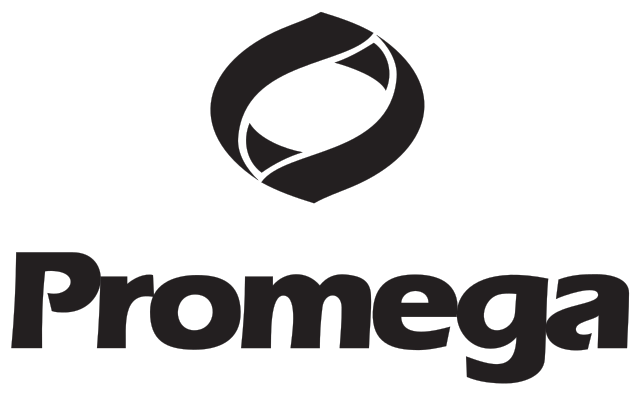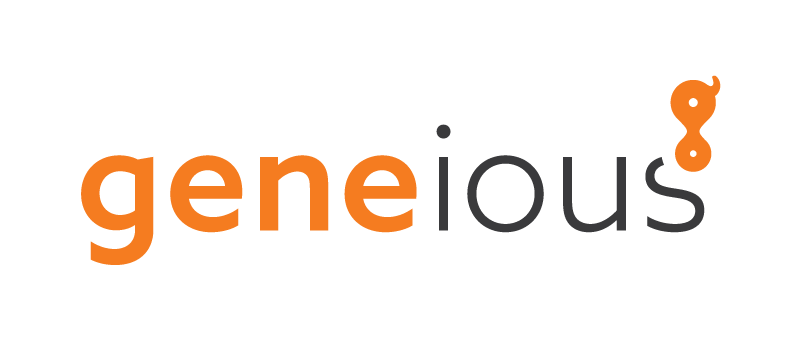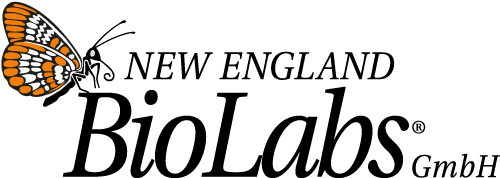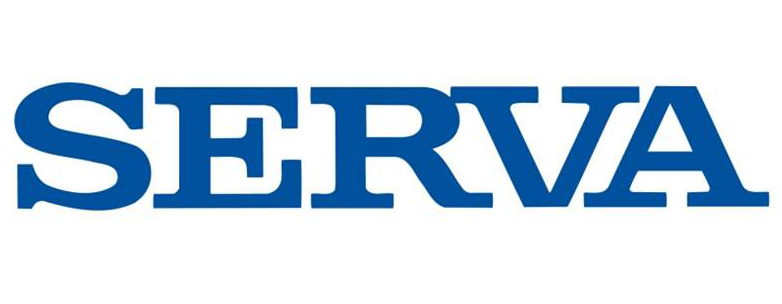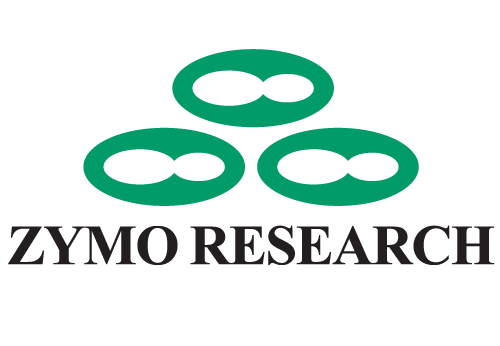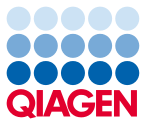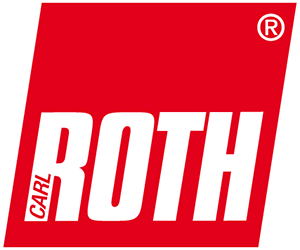VolkerMorath (Talk | contribs) |
(→Abstract: bio(t)INK - rethINK tissue printing) |
||
| Line 22: | Line 22: | ||
<div class="white-box"></b></html> | <div class="white-box"></b></html> | ||
==<span style="color:#000000">Abstract:</span> <span style="color:#009440">bio(t)</span><span style="color:#3070b3">INK</span> <span style="color:#8d8d8d">- rethINK tissue printing</span>== | ==<span style="color:#000000">Abstract:</span> <span style="color:#009440">bio(t)</span><span style="color:#3070b3">INK</span> <span style="color:#8d8d8d">- rethINK tissue printing</span>== | ||
| − | <div class="imagelink float-right">[[Media:Muc_Vortrag_001.png]][[Image:Muc_Vortrag_001.png|920px|link=]]</div> | + | <!-- <div class="imagelink float-right">[[Media:Muc_Vortrag_001.png]][[Image:Muc_Vortrag_001.png|920px|link=]]</div> //--> |
We are living in an aging society that is facing a decreasing supply of donor organs for medical transplantation. To confront this pressing issue, we developed a game-changing approach to bioprint tissues for biomedical applications. Our interdisciplinary work aims to create a unique ink, named bio(t)INK, to revolutionize bioprinting. The printing process uses a [https://2016.igem.org/Team:LMU-TUM_Munich/Hardware hijacked 3D printer] and two components of biotINK to induce an instantaneous [https://2016.igem.org/Team:LMU-TUM_Munich/Proof polymerization reaction], creating three-dimensional multi-cellular structures in a user-definable manner. The principle of this two-component glue relies on the rapid and specific interaction of biotin and its tetrameric [https://2016.igem.org/Team:LMU-TUM_Munich/Proteins binding protein] avidin. To make use of this high biotin-avidin affinity for cell-cell cross-linking, we [https://2016.igem.org/Team:LMU-TUM_Munich/Receptors engineered cells presenting biotin moieties or biotin-binding proteins on their surfaces] as well as [https://2016.igem.org/Team:LMU-TUM_Munich/Proteins recombinant matrix proteins], which [https://2016.igem.org/Team:LMU-TUM_Munich/Proof co-polymerize upon printing]. Furthermore, we explored genetic circuits which allow us to functionalize the bio-synthetic tissue and install biosafety mechanisms. Altogether, we are confident that our system provides the necessary means to advance the SynBio community to the next level – the tissue level.<br> | We are living in an aging society that is facing a decreasing supply of donor organs for medical transplantation. To confront this pressing issue, we developed a game-changing approach to bioprint tissues for biomedical applications. Our interdisciplinary work aims to create a unique ink, named bio(t)INK, to revolutionize bioprinting. The printing process uses a [https://2016.igem.org/Team:LMU-TUM_Munich/Hardware hijacked 3D printer] and two components of biotINK to induce an instantaneous [https://2016.igem.org/Team:LMU-TUM_Munich/Proof polymerization reaction], creating three-dimensional multi-cellular structures in a user-definable manner. The principle of this two-component glue relies on the rapid and specific interaction of biotin and its tetrameric [https://2016.igem.org/Team:LMU-TUM_Munich/Proteins binding protein] avidin. To make use of this high biotin-avidin affinity for cell-cell cross-linking, we [https://2016.igem.org/Team:LMU-TUM_Munich/Receptors engineered cells presenting biotin moieties or biotin-binding proteins on their surfaces] as well as [https://2016.igem.org/Team:LMU-TUM_Munich/Proteins recombinant matrix proteins], which [https://2016.igem.org/Team:LMU-TUM_Munich/Proof co-polymerize upon printing]. Furthermore, we explored genetic circuits which allow us to functionalize the bio-synthetic tissue and install biosafety mechanisms. Altogether, we are confident that our system provides the necessary means to advance the SynBio community to the next level – the tissue level.<br> | ||
<div class="imagelink float-right">[[Media:Muc_Finalsphoto_001.png]][[Image:Muc_Finalsphoto_001.png|920px|link=]]</div> | <div class="imagelink float-right">[[Media:Muc_Finalsphoto_001.png]][[Image:Muc_Finalsphoto_001.png|920px|link=]]</div> | ||
| Line 30: | Line 30: | ||
<hr> | <hr> | ||
| + | |||
=Sponsors= | =Sponsors= | ||
<ul class="sponsors"> | <ul class="sponsors"> | ||
Latest revision as of 17:13, 22 December 2016
Abstract: bio(t)INK - rethINK tissue printing
We are living in an aging society that is facing a decreasing supply of donor organs for medical transplantation. To confront this pressing issue, we developed a game-changing approach to bioprint tissues for biomedical applications. Our interdisciplinary work aims to create a unique ink, named bio(t)INK, to revolutionize bioprinting. The printing process uses a hijacked 3D printer and two components of biotINK to induce an instantaneous polymerization reaction, creating three-dimensional multi-cellular structures in a user-definable manner. The principle of this two-component glue relies on the rapid and specific interaction of biotin and its tetrameric binding protein avidin. To make use of this high biotin-avidin affinity for cell-cell cross-linking, we engineered cells presenting biotin moieties or biotin-binding proteins on their surfaces as well as recombinant matrix proteins, which co-polymerize upon printing. Furthermore, we explored genetic circuits which allow us to functionalize the bio-synthetic tissue and install biosafety mechanisms. Altogether, we are confident that our system provides the necessary means to advance the SynBio community to the next level – the tissue level.
Sponsors



